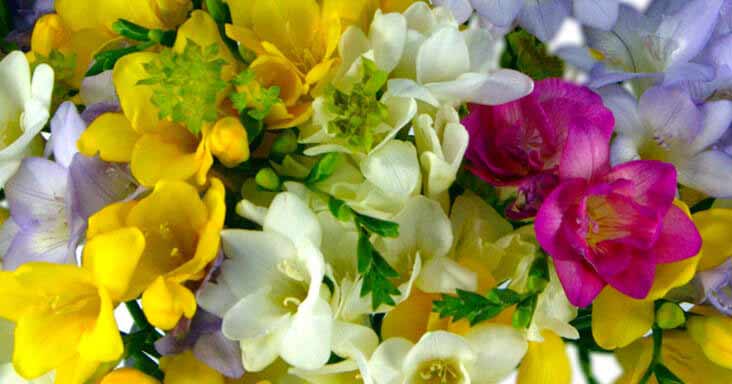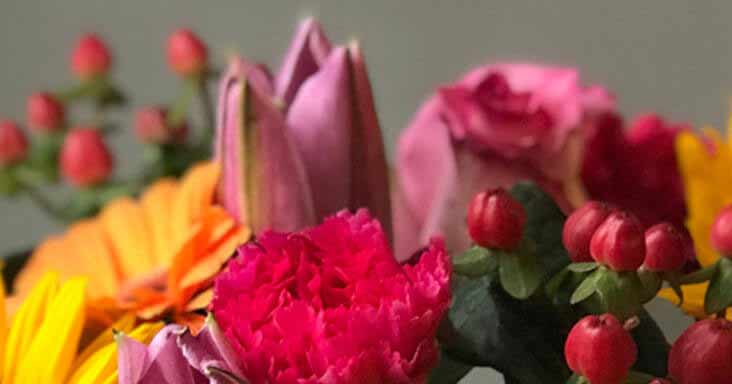Have you ever wondered where all those lovely fancy double worded latin names for plants and creatures come from? This year marks the 300th anniversary of the birth of Carl Linnaeus, the man who originally came up with the system for taxonomy. In the famous Swede's own words "If you do not know the names of things, the knowledge of them is lost”. Today, biologists, botanists and taxonomists still describe and order plants, animals and people with names like bellis perennis (lawn daisy), or homo sapiens (human).
The Linnean Classification System
The life of Carl Linnaeus was full of illustrious achievements. The most notable and exciting one, must be his innovative classification system for plants! - 23 classes of flowering plants (plus one for those that don't flower) was used to classify all plants based on the number, size and arrangement of their stamens.
The classification system in fact was rather sexy, as Linnaeus would use the male and female organs of each plant to classify them into groups, offering an easy way for even the most amateur of us to identify what a plant is. To give an idea of the scandalous nature of some of these names - a plant of the Monogynia order within the Tetrandria class can be thought of one wife with four husbands! Despite being disapproved by some of his contemporaries, the classification system quickly became popular throughout Europe and was widely used by all.
Flower Clock
Another interesting idea of Linnaeus, described in Philosophia Botanica (1751) was that of a floral clock. Since some flowers (those in the group of Aequinoctales) have fixed times for opening and closing regardless of the weather, by arranging plants in their order of flowering, this can be used to tell the time accurately to within half an hour! Although it is thought that Linnaeus never managed to plant one of his own, the idea became popular in the 19th century where flower beds can be planted in a circle and segmented into 12 parts. For more information on which flowers should be used to mark the different hours, take a look at:
this bbc page or for an example javascript floral clock.
Celebrating the anniversary of Carl Linnaeus with floral art
Finally, in relation to the 300th anniversary, the Linnean Society of London will be holding the LAPADA Autumn Antiques and Fine Art Fair from 11-14th October 2007, where the theme will be "The Glory of the Flower - floral motifs in art and antiques". Perfect for those of us who appreciate seeing the vast varieties of flowers being expressed in different ways within works of art!
Prepared by Tracy, posted by Bob.




